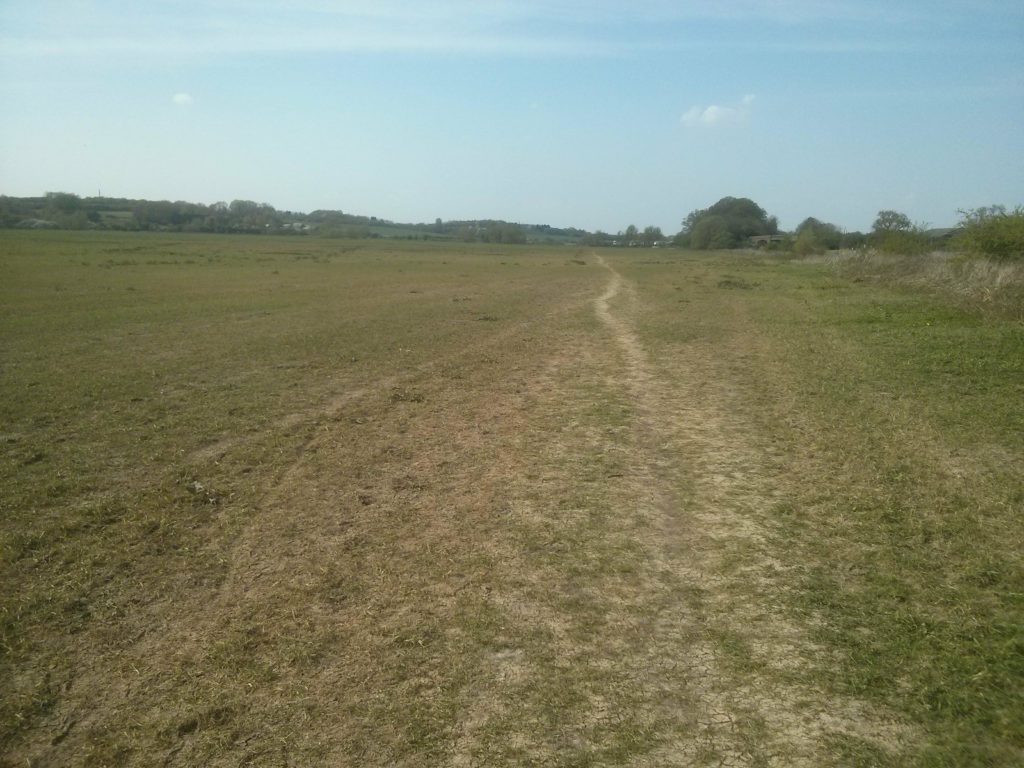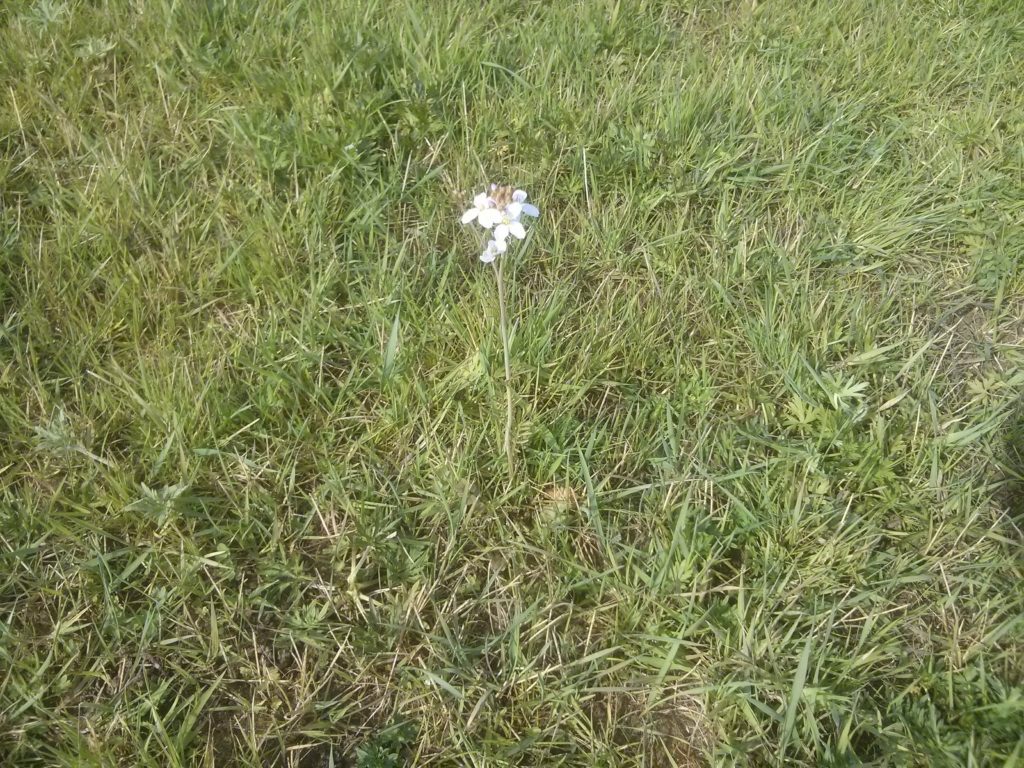It is the 11th day of April, 920 AD, and the trees in the orchard are doing well. They have been in the ground almost two years now, having been planted in May of 918, and have survived two years of drought and an attack by cows (after which we built the protective cages). The fruit harvest of 919 comprised six damsons and three medlars – we hope for better this year after a very wet winter and some good spring sunshine.
The two pear trees are both in flower. The Uvedale is a Warden pear and I haven’t seen it flower before, so to see clusters of white blossom is very exciting, and it’s great to see that the two pear trees are in bloom together so the Louise Bonne should be able to pollinate the Uvedale as intended. What is a Warden pear like you ask? Well I don’t really know either but I hope to find out this year.
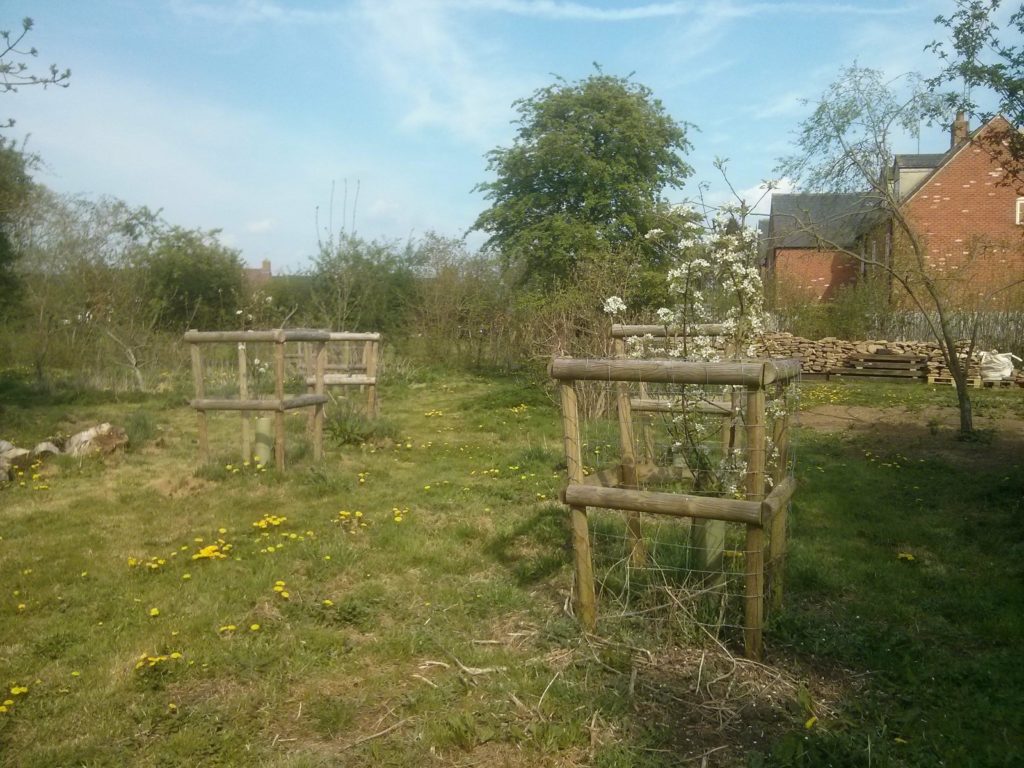
The two new apple trees are in bud. The Hambeldon Deux Ans was brutally munched by cows in 918 and has been splinted up, and is growing! I hope that this year it will grow taller than its protector again. It has one visible cluster of blossom, which is one more than last year.
The Wyken Pippin is in good shape and looks like it’ll have a fair amount of blossom.
The old apple tree that was here already, is a much better shape now that it’s been pruned back for a couple of years – it had one long branch like a bridge trying to escape the leilandii (now wonderfully truncated) and reach the light.
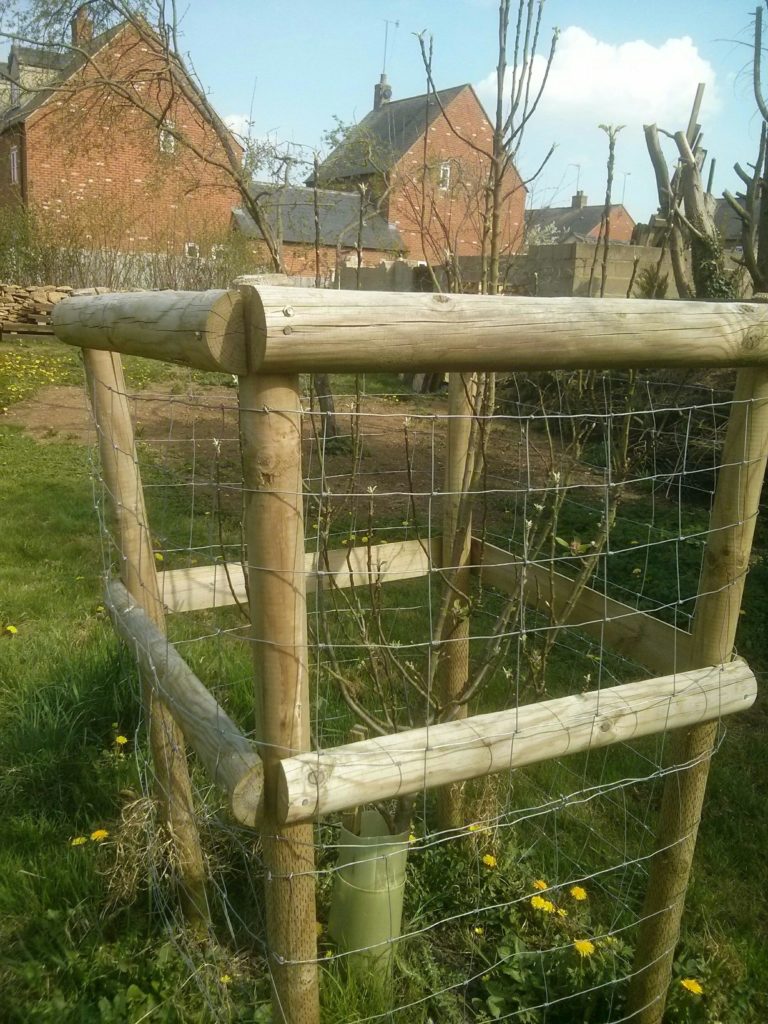
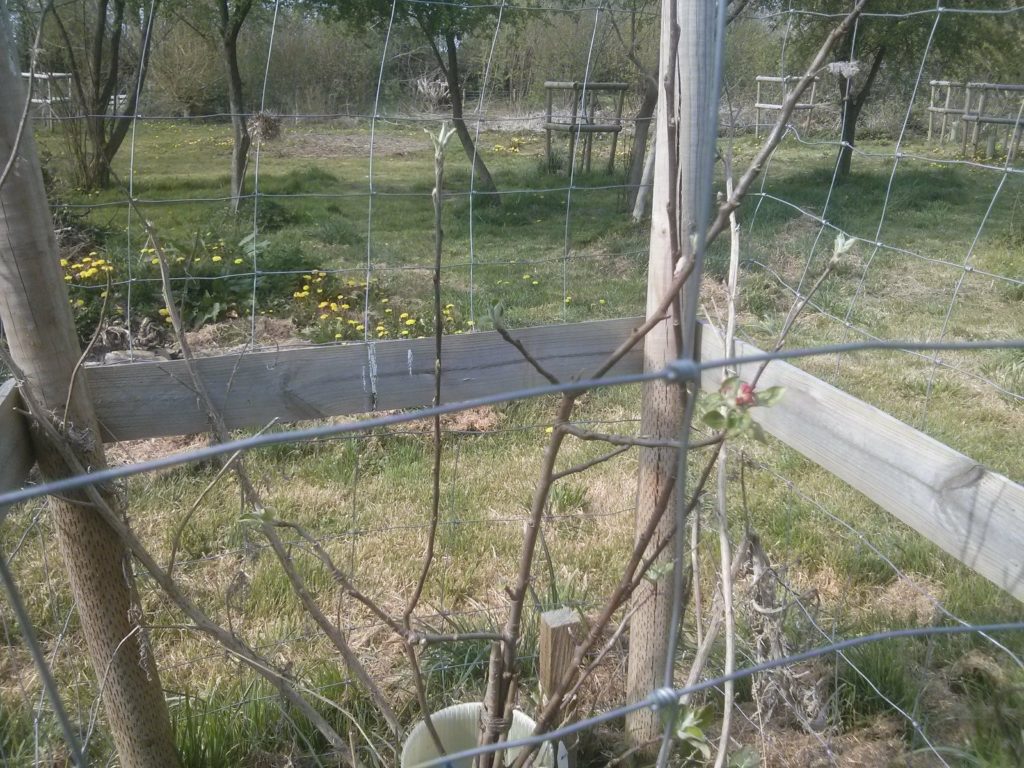
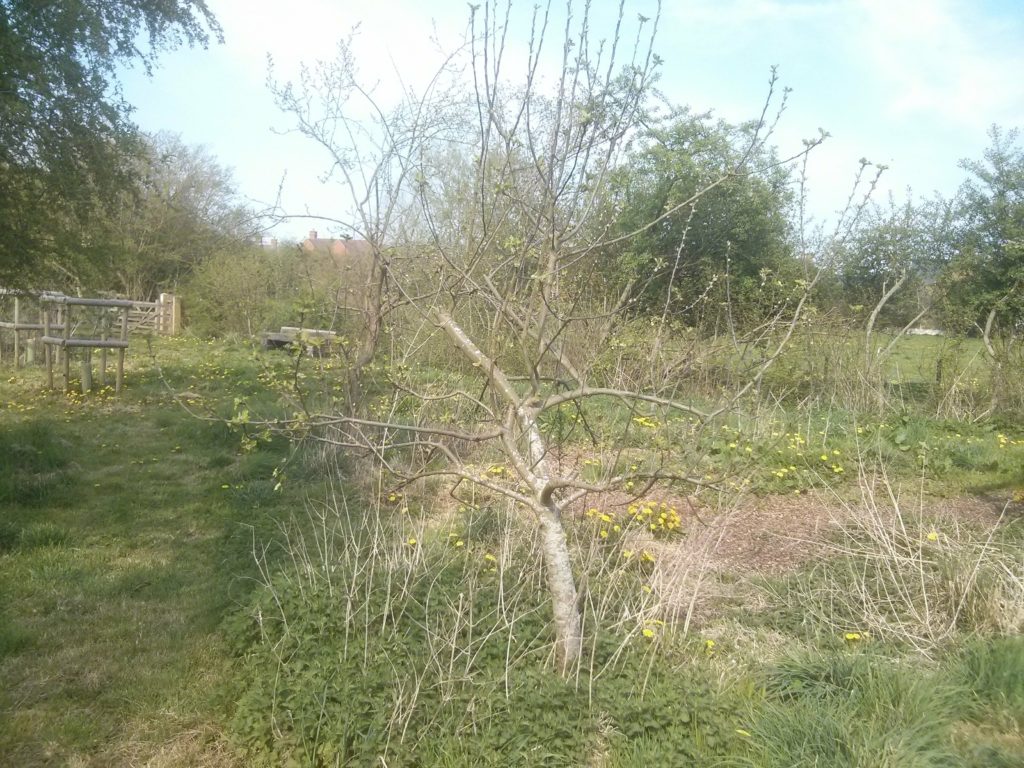
The damsons and plums have all flowered well and are nearly over, with what I hope are proto-fruits forming. The old, established plum tree is looking a bit better than last year – it gave a bumper harvest in 918 but was almost defunct in 919 with no fruit at all.
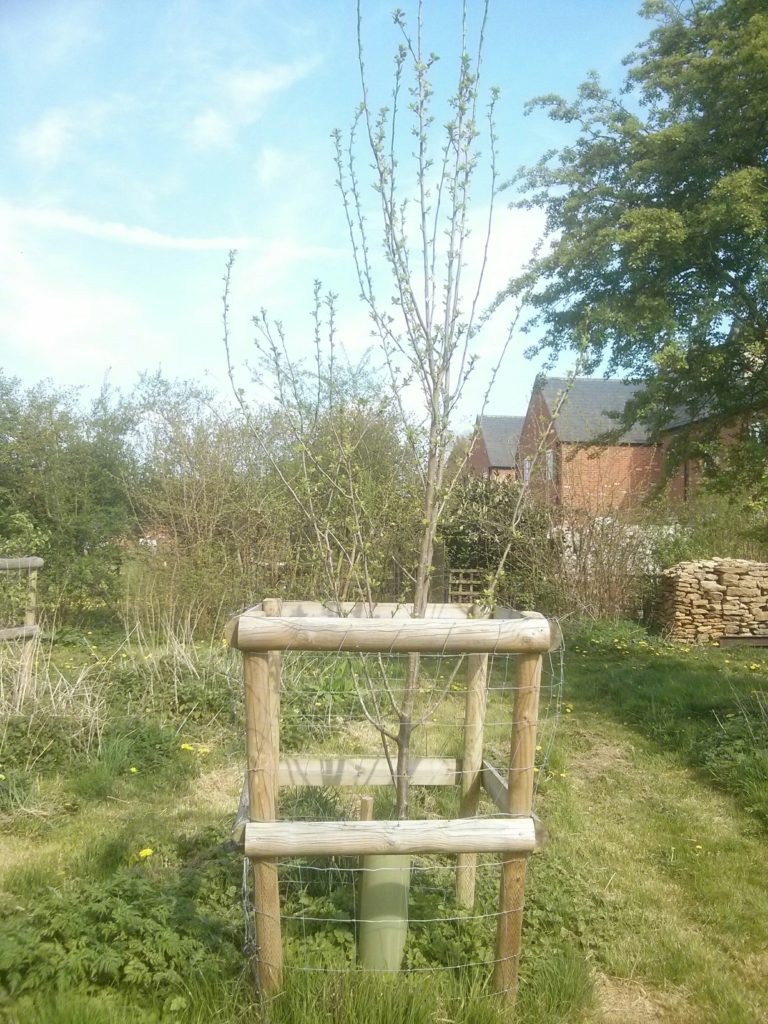
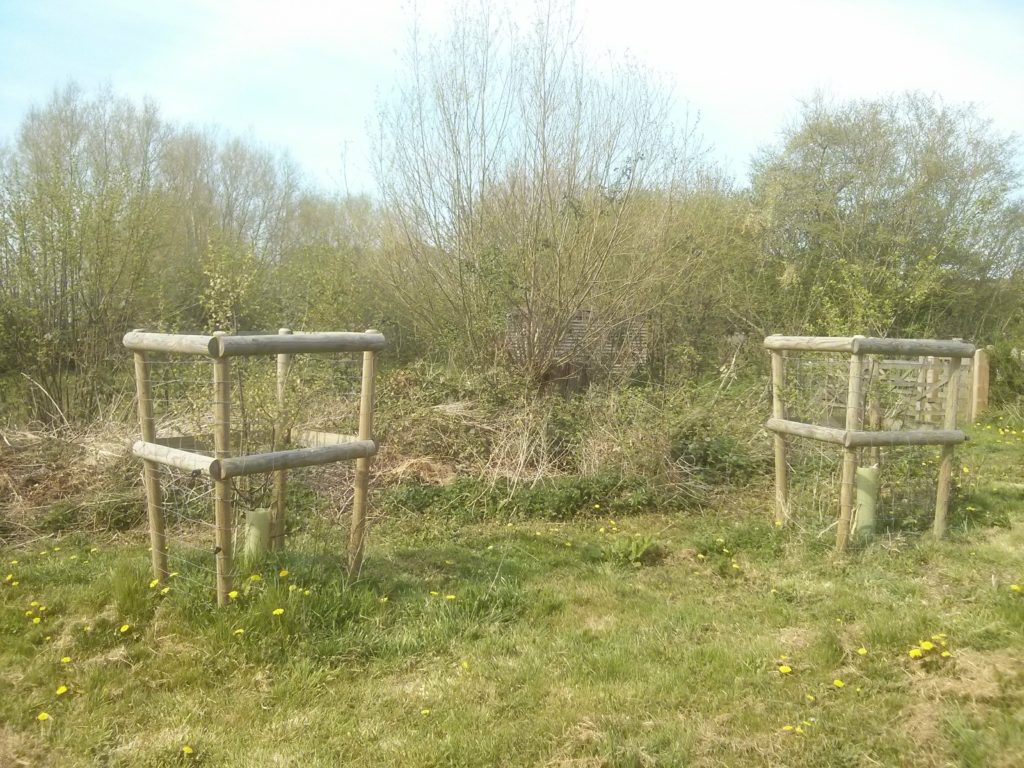
The quince and medlar have plenty of leaves but no flowers – I hope they’ll get round to it later!
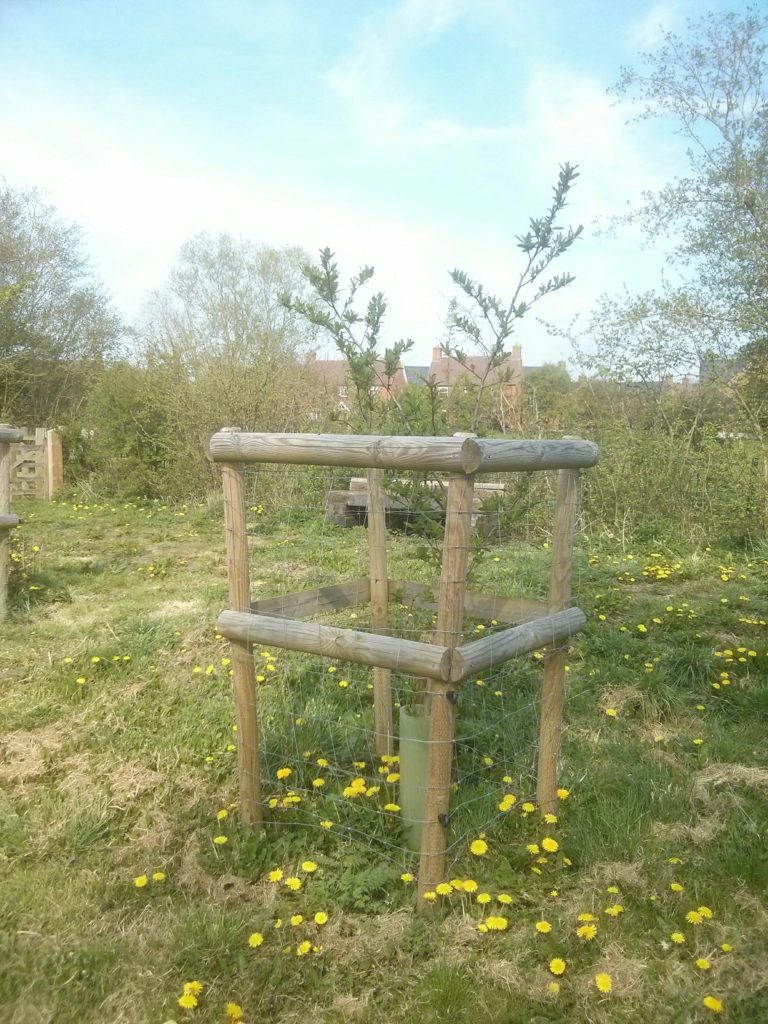
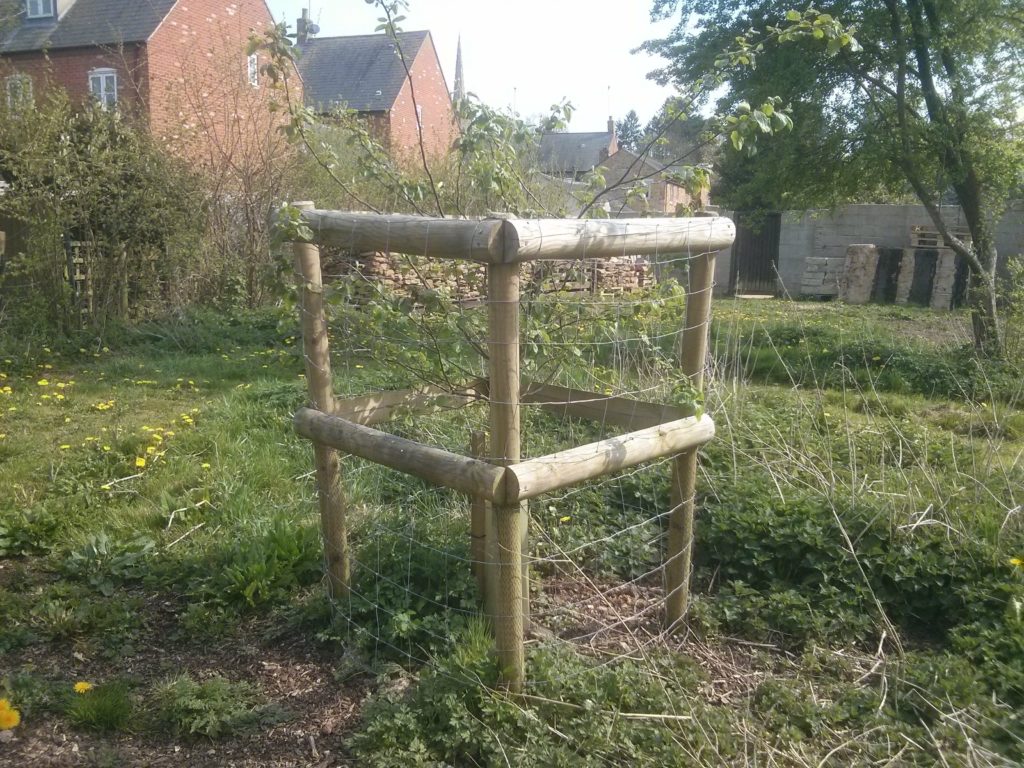
Last but not least is the white poplar we put in down where the land floods, to add back some height and because it’s a lovely native tree. It’s budding well.
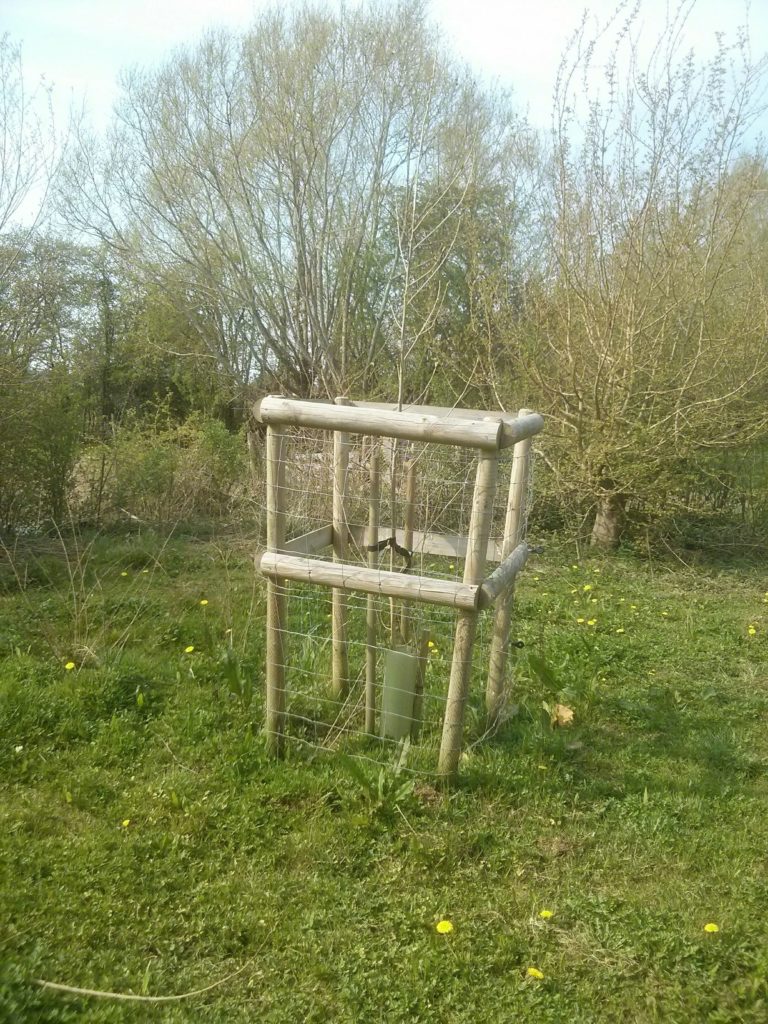
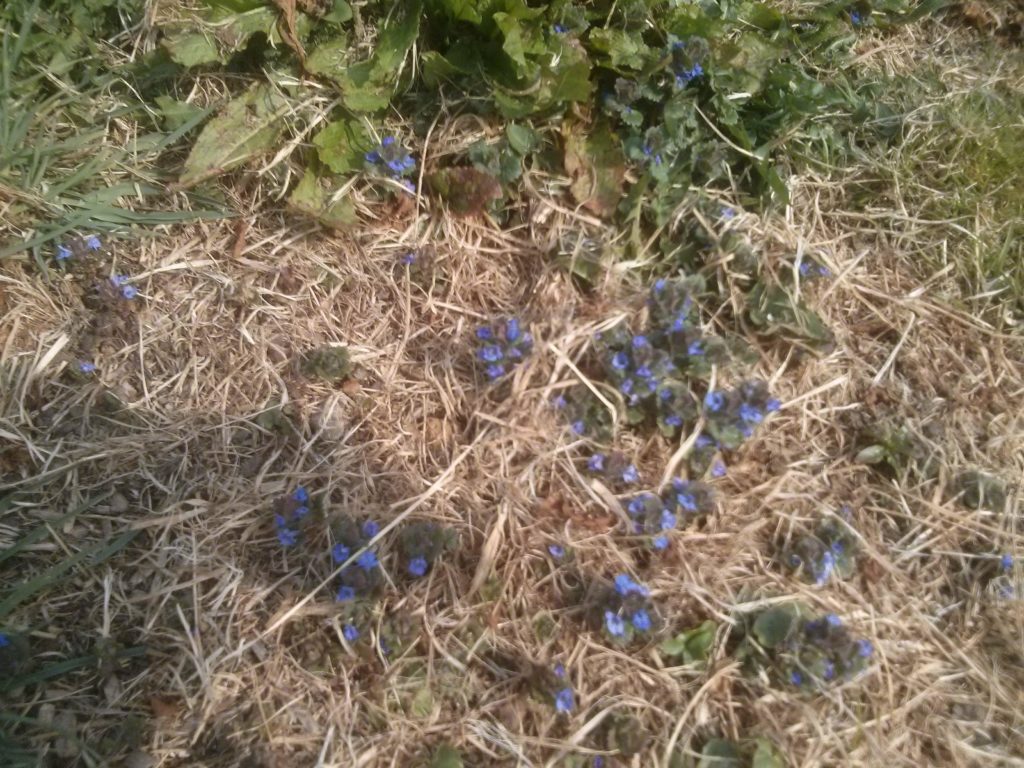
I walked over the meadow which after 6 months of being half a metre underwater as often as not, is still thin on grass, covered in silt and smells like the Essex coast. But I saw one cuckoo flower plant!
